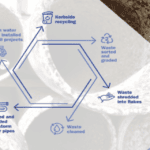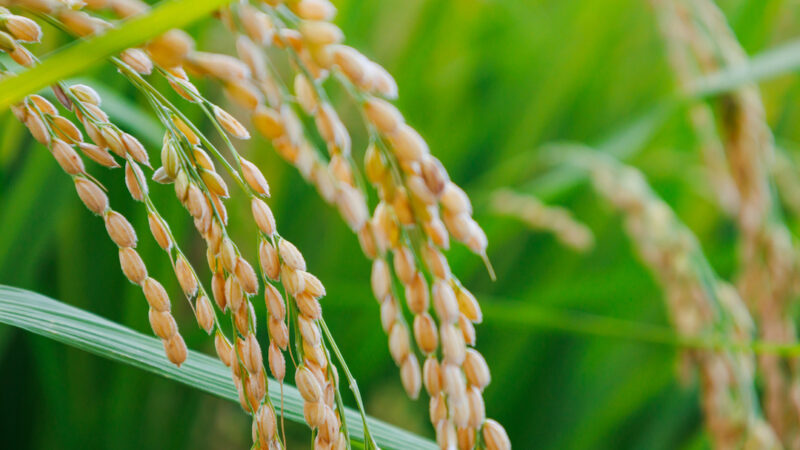The renewable energy hub project by Innovating Energy is possible due to grant assistance under…
Renewable diesel: the future of farming energy
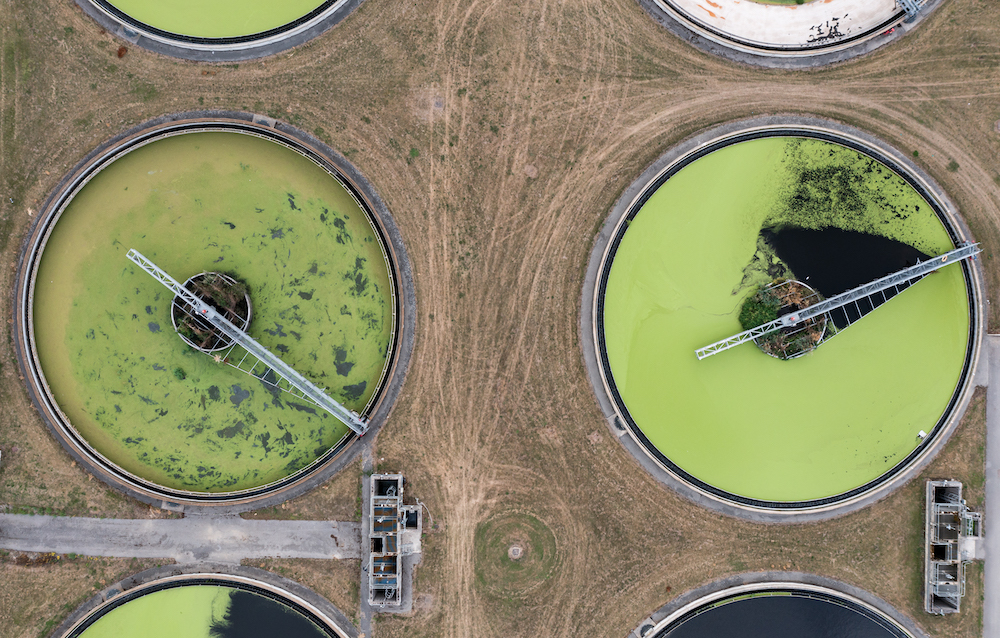
Fossil fuel-based diesel is a key energy source on farms, powering a range of equipment from tractors to generators and all post-farm transport. According to the NSW Department of Primary Industries (DPI) there could be a better way forward, as switching to renewable diesel can offer several benefits as the sector continues to decarbonise.
The NSW DPI is exploring the potential of renewable diesel as a transition pathway for the sector in the context of reducing carbon emissions and enhancing fuel security. Unlike biodiesel, renewable diesel can completely substitute traditional diesel fuel, sharing the same chemical properties as fossil or petroleum diesel without the aromatic impurities commonly found in fossil products. This compatibility means that storage, transportation, and existing diesel engines don�t need modifications to decarbonise.
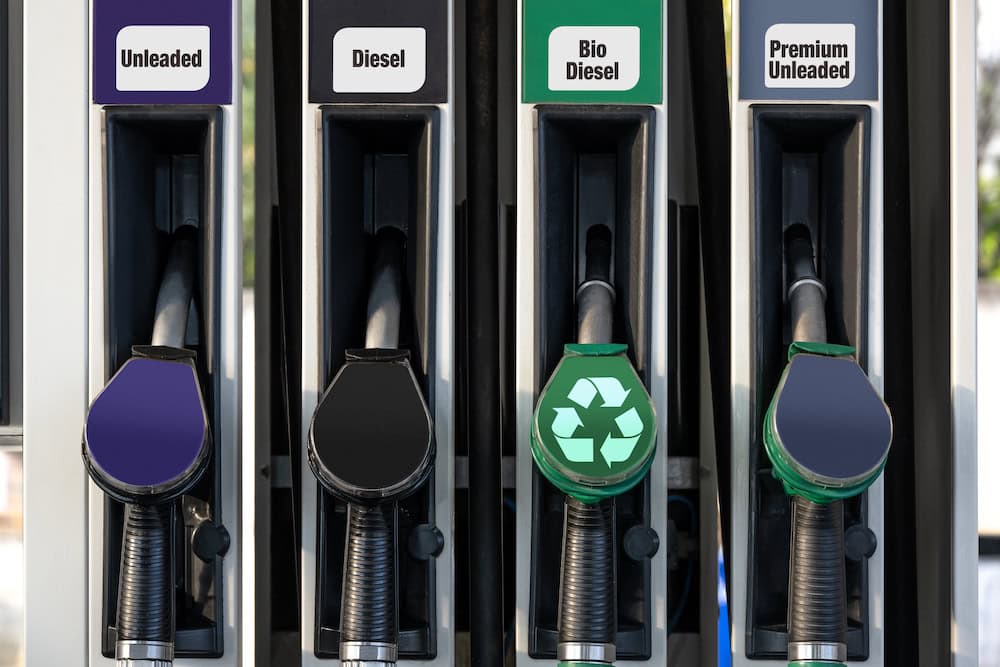
Diesel dilemma
According to NSW DPI Energy Research Officer John O�Connor, renewable diesel differs from biodiesel in its production and composition. Biodiesel typically comes from processing oils and fats, where the feedstock undergoes a reaction with methanol to produce fatty acid methyl esters (FAME).
It�s often mixed with fossil diesel in varying proportions, ranging from five per cent (B5) to 85 per cent (B85) but behaves differently to fossil alternatives. However, renewable diesel can be produced not only from fats and vegetable oils, which are common to biodiesel, but also from a wider range of biomass and waste materials, including algae, crop residues, and woody biomass. Renewable diesel production pathways differ dependent on feedstock.
NSW DPI has hosted several webinars focusing on fossil diesel displacement. Mr O�Connor claims many of us are �addicted to diesel�.
�That�s because diesel does all the work � so how do we move away from that? That�s the challenge we need to figure out. And with the Beyond Diesel series, we began looking at electrical tractors, methane tractors and hydrogen tractors. What we�ve found is it�s going to be difficult to transition away from diesel as we�re all heavily invested in it,� Mr O�Connor said.
�You might want an electric tractor, but when you�re out in the middle of nowhere without the power to charge it, you�ll be in a bit of trouble. So after the first few webinars we started to think that it doesn�t look like we can easily change machinery � but what happens if we change the fuel?�
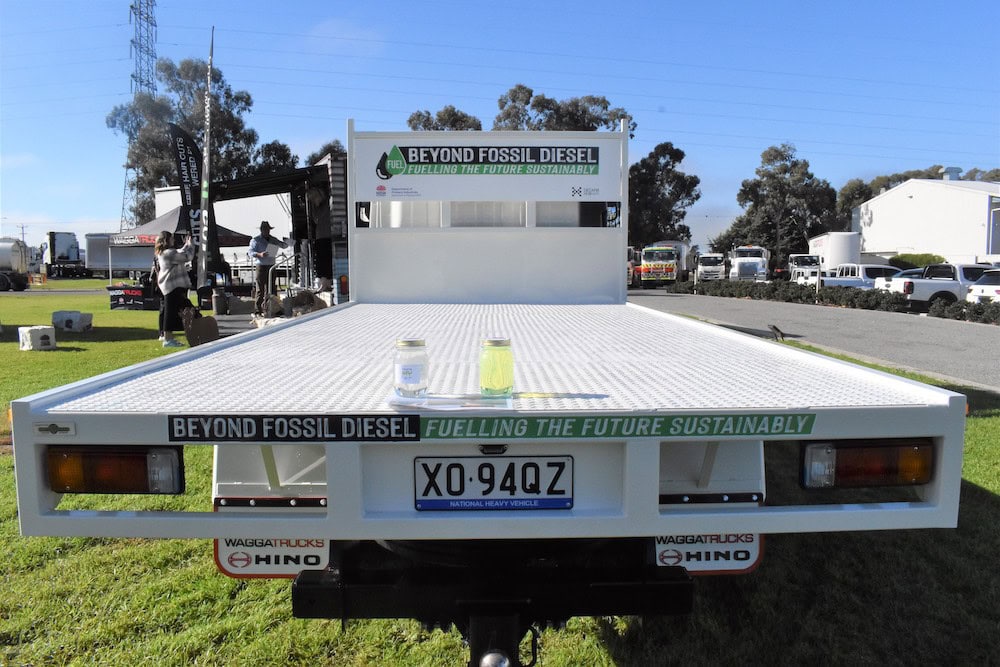
Mr O�Connor said using a low-carbon diesel means you�ll be reducing your carbon footprint across the life cycle of large long-lived machinery assets by a large percentage. The makers of renewable fuel estimate a reduction around 80 per cent.
�And that puts you in a better position than if you changed to electric, as far as the emissions life cycle goes. So this makes sense � you don�t have to buy a new machine, you don�t change the machine or the fuel supply chain, but you change where you get your fuel from.�
Fuelling progress
For the last five years the team at NSW DPI has been working on a series of renewable energy projects. According to NSW DPI Research Officer Michael Cashen, the projects resulted in a clear understanding of agriculture�s reliance on diesel as a primary energy source.
�About 80 per cent of the energy used by NSW agriculture comes from diesel which is all fossil-based, and 90 per cent of that energy is imported. So with issues around global insecurity and related supply chain risks, there�s potential exposure for Australia in sourcing fuel.� �
Michael Cashen, NSW DPI Research Officer
�Also, in Australia�s quest to decarbonise, it�s important to note that diesel is a key input into modern efficient farming systems, as are nitrogen fertilisers and petrochemicals such as herbicides. However, these are all fossil derivatives and produce a lot of carbon in the manufacture and transportation.�
The NSW DPI is advocating for the agricultural sector to take cues from the aviation industry in developing strategies for sustainability.
The aviation industry, as outlined in the CSIRO Sustainable Aviation Fuel Roadmap, has seen a dramatic increase in domestic emissions, with a threefold rise from 1990 to 2019. There�s also an anticipated 75 per cent surge in Australian jet fuel demand from 2023 to 2050.
The International Air Transport Association (IATA) is targeting a net-zero emission goal by 2050. Given the limited technological solutions for reducing emissions, decarbonising aviation is a significant challenge. However, sustainable aviation fuel (SAF) has been recognised as a pivotal tool in this endeavour. This fuel type, depending on its feedstock and production method, can reduce carbon emissions by 60-100 per cent compared to traditional jet fuel, highlighting its potential as a model for other sectors to follow in their sustainability efforts.
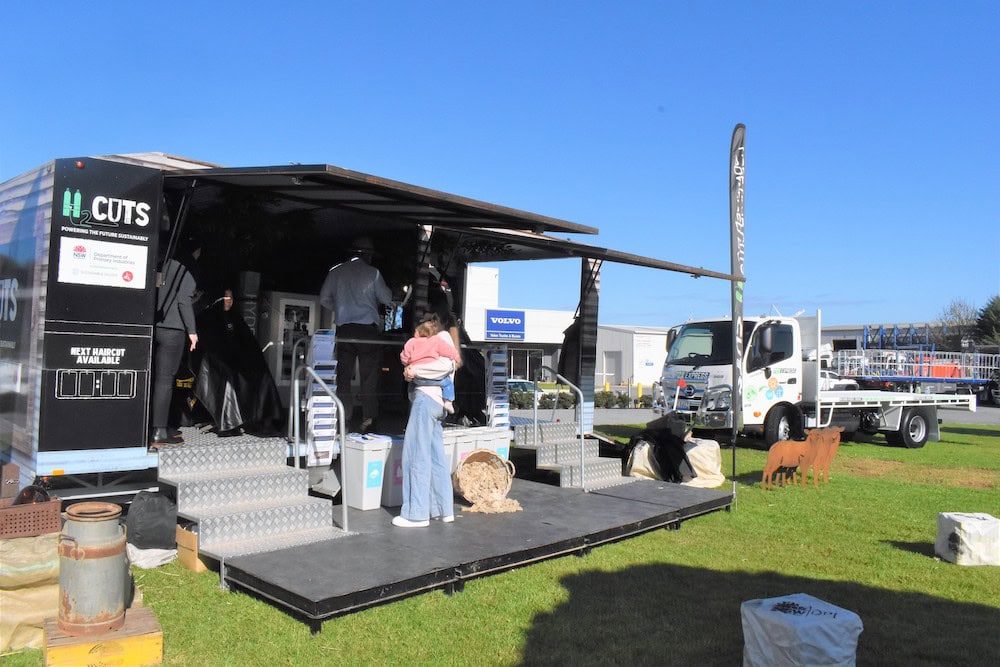
�If we want to decarbonise agriculture, it�s important to look at the aircraft industry because sustainable aviation fuel is exactly the same as renewable diesel � it�s made in a similar way, dependent on feedstock,� Mr O�Connor said.
�So, with the aircraft industry making sustainable aviation fuel, the agricultural industry needs to consider the opportunities to be involved in renewable diesel production as organic feedstocks are required. The only difference is, instead of new carbon coming out of the ground, you�ve got existing carbon as your source for the fuel. You won�t be adding any new carbon, you�ll just be recycling the existing carbon.�
Greener pastures
According to Mr Cashen, animal fats, referred to as lipids, can be turned into green fuels such as renewable diesel and sustainable aviation fuel, through a process called hydrotreating. Other feedstocks, such as stubble and forestry residues, can also be turned into green fuels through other processes, such traditional hydrotreating, pyrolysis and gasification.
�When you produce sustainable aviation fuel you actually produce renewable diesel at the same time. The challenge will be trying to keep the cost of it low enough for farmers to remain competitive on a global scale,� Mr Cashen said.
�The opportunity for farmers is they might be able to provide feedstocks used in the manufacturing of these green fuels and not replace existing long-lived capital investments such as machinery and existing supply chains as they transition to a decarbonised future. Farmers already have a lot of the potential organic feedstocks that can produce the fuel, such as stubble, animal fats, or trimmings from forestry plantations � there are several things that can be used as a feedstock in the production of these new fuels.
�The good news is it�s likely we�ll see more regionalised production of a variety of feedstock, so there�ll be a good opportunity in regional Australia for the creation of new refineries that produce these new fuels and farmers would benefit financially.�
Mr O�Connor insists there is a clear way to decarbonise agriculture and heavy industry (which is diesel dependent) that doesn�t involve only transitioning to electricity.�
�It won�t be cheap and easy, but it is possible to have a decarbonised agriculture industry. It is possible to have fuel security and that will lead to regional development and jobs and a revitalised bush, all by doing one thing: pairing our existing diesel fleet with domestic renewable diesel.
�It�s a long journey as there are just a handful of industries starting down that road, but the more people that know about it, the faster we�ll get to a position where we�ll have a more economical agriculture industry that�s not dependent on fossil-based diesel.
If you enjoyed this piece, make sure to check out our piece on the future of fuel.


